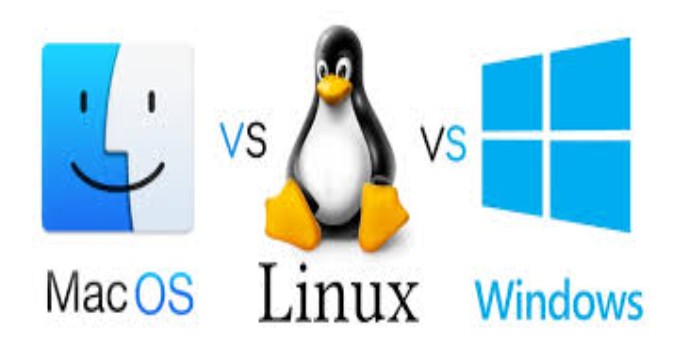Understanding Operating System and Software
An Operating System (OS) is the most essential software that acts as a bridge between computer hardware and the user. It manages files, memory, and devices to ensure smooth operation. Examples include Windows, macOS, and Linux.
Software refers to the programs that perform specific tasks. It is classified into:
- System Software: Manages hardware and runs the OS (e.g., Windows).
- Application Software: Created for user needs like typing, drawing, or browsing (e.g., MS Word, Chrome).

center>
Types of Operating Systems
1. Windows
- Developer: Microsoft
- User Interface: Friendly GUI, ideal for beginners and professionals
- Features:
- Supports most hardware/software
- Multitasking and multi-user support
- Wide application availability
2. macOS
- Developer: Apple Inc.
- User Interface: Clean, professional, and intuitive
- Features:
- Excellent for media and design work
- High-end security
- Integrates well with Apple devices
3. Linux
- Developer: Open-source community
- User Interface: Customizable environments like GNOME, KDE
- Features:
- Highly secure and stable
- Free to use
- Ideal for servers and programming
Office Application Software
1. MS Office
- Word: Word processor for document creation
- Excel: Used for calculations, tables, and charts
- PowerPoint: For creating professional presentations
- Outlook: Email and scheduling tool
2. Google Chrome
A web browser by Google known for speed and simplicity. It helps users access websites, apps, and content from the internet securely.
3. Photoshop
Developed by Adobe, it's a powerful graphic editor used in photo editing, poster designing, and digital artwork.
Utility Software
Antivirus Software
Protects the computer from viruses, malware, and online threats. Features include:
- Real-time protection
- Scheduled virus scans
- Automatic updates
- Firewall and email protection (in some cases)
Popular Examples: Norton, McAfee, Avast, Kaspersky
Disk Cleaner
Disk cleaners help free up space and improve performance by removing:
- Temporary files
- System cache
- Junk files and recycle bin contents
- Startup optimization tools


